|
Timothy Brown, Host of My Apple Podcast In 2016 during the days leading up to WWDC, Phil Schiller, Vice President of World Wide Marketing at Apple, introduced a new subscription model for developers. Under the new plan, developers were to receive 70 percent of revenue and 30 percent went to Apple. If customers remained faithful subscribers for one year, the share of the revenue changed to 85 percent for developers and 15 percent for Apple. This model still exists, but with some updated guidelines for pricing and other regulatory measures. Apple has been quite successful in its pursuit of profits, announcing during their quarterly earnings report in July 2017 revenue of 42.4 billion “and earnings per diluted share of $1.42 in the year-ago quarter. International sales accounted for 61 percent of the quarter’s revenue.” This success is largely attributed to its four operating systems, iOS, macOS, watchOS, and tvOS, and the services that undergird their success, namely, the App Store, Apple Music, Apple Pay, and iCloud Drive. The services provided by Apple are key to its business model because it ensures longevity in terms of maintaining consumer allegiance, while seeking new revenue streams. Paying for services rather than products has become a standard model in terms of how we consume media, paying for music streaming rather buying CDs or renting movies rather than buying DVDs. The services model which ensures a long term commitment from consumers, supported by automatic renewals, is now operating in full force with Apple’s aggressive push to promote the App Subscription model. With app subscriptions, developers can offer a wider menu of options, in which apps are used, not as products that consumers own, but as services they rent for a specific periods of time (e.g. weekly, monthly, or yearly). The zealous push to promote the subscription model has been viewed for some as an inevitable move by Apple. Writing for the Verge, Vlad Savov makes note of this emerging development: “Apple is one of those rare few companies that can take an ongoing evolution and focus and distill it into a revolutionary change. That’s the immodest thinking behind the company’s ambitious "Subscriptions 2.0" plan for the App Store, which aims to convert iOS users from one-off app purchasers into loyal subscribers. It’s nothing new in and of itself, but Apple’s wholehearted embrace validates and underlines it: subscriptions are going to play a huge role in the future of software.” The Subscription 2.0 model is described in more detail by Lauren Goode in her article titled App Store 2.0 which poses the question “Can Apple Do It Again?” In other words, can Apple build on the App Store’s success by introducing a new business model that will forever change how we consume apps? In the article, Goode quotes Phil Schiller whose enthusiasm for the subscription model is evident in his pronouncement to make it available to “all categories.” One glance at Apple’s newly designed App Store and you will most certainly notice an obvious change: App subscriptions have increased astronomically. Developers (and Apple) will definitely earn considerable profits from this new model but one question remains: Is this model good for consumers? After reviewing twenty of the “top paid” applications in the App Store (Sunday, October 15, 2017), I discovered that none of them required subscriptions. Out of that group, fifteen of them fell under the category “Education,” two under ‘Productivity,” two under “Entertainment,” and one in the Photo/Video” category. The prices varied, but they consistently avoided in-app purchases (with the exception of one). The apps listed included the following:
Based on this initial review, consumers appear to prefer “Education” apps that do not include subscription fees or in-app purchases. This one example is largely attributed to the success of Toca Boca, a developer who believes in creating apps for education that embody “the spirit of play,” placing greater emphasis on the non-market value of their apps. The other most notable aspect of these apps is that most of them target children. It seems highly unlikely that parents would prefer paying subscriptions to enhance their child’s educational development. There may even be something ethically wrong with such a model, if subscriptions were forced on consumers for the sake of earning higher profits. Even Apple appears to support this view of education, especially in regards to the free training sessions hosted at Apple Stores throughout the country, and also podcasts, which have remained free to the public since their inception. Apps that appear in the other categories, notably, Pixelmator and Procreate, are not all that different from the education apps; they both offer advanced features that provide great value to the consumer and they don’t come with subscription fees or in-app purchases. Since these top paid apps are successful, monetarily, what is the motivation for offering subscription fees? One can argue that the motivation is greed or it may be the stage of development that developers arrive at when striving for innovation. Lightricks Ltd, for example, are developers who have designed top selling applications like “Facetune,” “Enlight,” and most recently “Enlight Videoleap.” Their first apps, Facetune and Enlight enjoyed tremendous success, resulting in huge profits, but who decided that this is not enough. As co-founder, Itai Tsiddon, told Recode, “There is only so much innovation you can cram inside a one-time purchase… In order to create serious software companies on mobile, recurrent monetization is really a must.” Yet, Lightricks indicated that its revenue for Facetune and Enlight reached 10 million per year, not including Apple’s percentage. Lightricks argues that subscription fees will more than warrant what users get in return. In March 2013, Facetune was available in the App Store for $1.99 for the iPhone and $3.99 for the iPad version. Today, Facetune 2 is offered at the subscription rate of $4.99 for one month, $14.99 for twelve months and for the one-time purchase of $39.99. Comparatively, Enlight, a photo editor, debuted in 2015 at $3.99 and the most recent video editing app, VideoLeap, is offered at the subscription rate of $3.99 for one month, $1.67 for twelve months, and $39.99 for a one-time purchase. Essentially, consumers are paying 10 times the amount to own Facetune 2 and VideoLeap when compared to the one-time price of its previous models or 4 times the amount to lease them monthly. With Videoleap, the incentive to purchase the cheaper yearly subscription is designed to cultivate a longer term relationship, ultimately netting a higher percentage (85/15 split after one year). If Lightricks made 10 million before the subscription model, they can potentially earn 100 million or tens times the profit. I don’t think that anyone can argue that Lightricks produces applications of the highest quality. However, is the consumer really paying for innovation or higher profits for developers (and Apple)? Applications that fall in the category of Photo/Video offer competitive prices, so consumers will be able to decide what apps (or services) work best for them. For example, Lightricks Videoleap app comes with a beautiful user interface with great features that are ideally suited for a mobile platform. There may very well be an argument to support the innovation that they bring to the mobile platform. However, Lumafusion by Lumatouch offers features that are arguably just as advanced, if not more so, and offered at the market rate of $19.99 to purchase the app outright, without subscription fees and in-app purchases. Also, Videoshop is another advanced video editor which has been at the top of the ratings for the past several years (currently rated among the top forty paid apps) and is currently available for $1.99 and comes with a plethora of features, with minor in-app purchases and no subscriptions. Ultimately, consumers will have to decide if they are ready financially to plunge into the subscription universe. They may need to decide very soon because this model has begun to make great headway in the App Store, specifically in markets that target adult audiences. The most pervasive evidence of apps offering subscription models are adult coloring books and health apps ranging from exercise to meditation. Below are examples of some apps that fall into those categories, although I’ve identified at minimum fifty apps in each category that offer similar subscription models. The subscription model may very well be the wave of the future and Apple has proven to be an effective force in shaping consumer expectations. However, if the top paid apps offer any insight, consumers may ultimately determine what works best.
1 Comment
Every year Apple organizes WWDC, its annual conference for developers. The event serves two main purposes: 1)Apple introduces developers to all the new features associated with the latest operating systems and 2) Developers discover new ways to use those systems to promote the Apple brand and establish new business opportunities. Combined, their efforts help to enhance the consumer experience. iOS 11 and the New App Store This year during WWDC 2017, Apple introduced iOS 11, including a brand new redesign of the App Store. After reviewing the beta version, I was impressed by the way Apple chose to promote featured apps, while improving navigation (Games are now a main menu tab along the bottom). It’s nice to see Apple put forth a concerted effort to promote developers, but there is a rising development that warrants some concerns for consumers: Subscriptions. APP DECEPTIONS As a long time consumer of the App Store and someone who has spent the last eight years reviewing apps for iOS and the Mac, I have become quite familiar with the range of prices that are available for apps and how divergent they can be relative to the services they provide. For example, one developer may sell a photo editor that highlights one feature (e.g. erasing backgrounds) while another developer will offer the same feature, plus 20 additional features at the same price. In other instances, developers will offer their apps for free (as a test run) but as soon as you access a feature (apply a filter to a photo), you are prompted to make in-app purchases for $1.99 per feature (sometimes more). This process may continue ad nauseam. Deceptive in-App purchases are defined by Apple as “consumable” purchases or one-time purchases. These types of purchases are introduced as IAPs that require you to reach higher levels of achievement and satisfaction (an addiction model that is popular in games). Non-consumable in-App purchases occur in the form of pro versions - upgrades to “pro” provide access to additional features, remove ads, etc. In the early history of the App Store, developers adopted a strategy to lower App prices in order to increase sales (what some have called “a race to the bottom”). Contrary to this approach, developers today are engaged in “a race to the top,” an approach more popularly known today as the “subscription model.” The Dangers of the Subscription Model The subscription model is less insidious than hidden in-App purchases, but nonetheless a burden to the consumer with exorbitant costs. Subscription models place an emphasis on “services” rather than “products.” Similar to Apple Music or iCloud Drive, subscriptions may be offered as weekly, monthly, or yearly subscriptions. Once the service ends, your experience ends as well. The services model is unavoidable in today’s tech economy, but once it becomes ubiquitous (as in the case of app purchases) the financial burden to the consumer becomes a dangerous proposition. The “race to the bottom” approach to enticing consumers was more balanced and acceptable because it gave developers wider exposure, while giving consumers more options. If consumers became unhappy or dissatisfied with an app, they could try another app without incurring much of a financial lost. The subscription model includes much higher costs (e.g. a consumer may pay $9.99 for a monthly subscription fee, compared to $3.99 to purchase a pro version of an app with all the features). The difference in price can be astronomical. The subscription model started out as an exception rather the rule, but recent trends suggest that this will become the norm. Up until this point, the exceptions have included high-end products by Adobe, Microsoft (and Apple) whose dependence on cloud-based services have become the premiere way to access applications, and hence the services they provide. Today, developers, large and small, prominent or obscure, are more apt to offer subscription models. There are many examples of this phenomena, including the rising popularity of adult coloring book apps. If you search Apple’s App Store, you will find between 50 and 75 apps devoted exclusively to digital coloring books (see my list below). What is most notable is that a large percentage of these apps require subscription fees. The fees range from $3.99 a week and $7.99 a month to $59.99 and $99.99 a year.
For example, Pigment by Pixite LLC offers a service charge of $7.99 a month or $39.99 a year and Recolor by Sumoing Ltd charges a service fee of $9.99 a month to $59.99 a year. Prior to the age of the subscription model, an app with the same features would cost the consumer $3.99 to $6.99 to own everything outright. This model was reasonable because of the abundance of apps available to the consumer. In contrast, the consumer pays the same amount every month, and the consumer is only able to “rent” the app for services rendered without ever “owning” the app. When seen in this light, the subscription model can be viewed as “obscene,” to say the least. Unfortunately for the consumer, the subscription model is becoming the "new normal." Recently, the developers who gave us the wonderful photo editor “Enlight,” which can be purchased for $3.99, introduced a new app called “Enlight Photofox.” Photofox offers two subscription models, $3.99 a month or $19.99 a year. These prices are cheaper than what the adult coloring books are charging, but it’s still 5 times or 12 times the amount paid to own the original Enlight app outright. Photofox, however, can be owned for the one-time price of $39.99, which is still a lot higher than $3.99. What Lies Ahead The Dangers of the Subscription Model raises several important questions. Is the subscription model sustainable in a market where there are so many apps to choose from? Will this model ultimately place a limit on what consumers can experience? Will this model unfairly impact the consumer’s wallet, especially in a world where the disparity of wealth increases by the year? Date: July 22, 2017 Author: Timothy Brown, Senior Editor, My Apple Podcast COLORING BOOK APPS FOR IOS
For those of you who own Apple devices and computers, you most likely have iCloud. iCloud stores files you use on a regular basis like photos, music, calendars, books, apps, so that you can stay connected to your content across devices. Recently, Apple also included other services like iMovie Theater, located inside the iMovie app, which enables you to store video files in the cloud, and iWork for iCloud, which gives you access to Keynote, Pages, and Numbers. iCloud Drive During WWDC, Apple introduced iCloud Drive, a greatly expanded cloud service that now stores files from just about every application on your Mac or iOS device. The most notable addition to this service is the inclusion of video files. If you agree to subscribe to the new iCloud Drive service during the installation of iOS 8, you will notice in settings that this service is currently in Beta. Tech bloggers made note of this right away, quickly alerting Apple users to avoid switching to iCloud Drive. As a service currently in beta, the warnings were warranted, mainly because iCloud Drive is not an extension of your previously iCloud service but a replacement. As a result, you will encounter some consistencies regarding files you can access from you Mac as opposed to your iPhone or iPad. In some cases, you may notice inconsistencies between devices as well. Yosemite and iOS 8 The significance of having the new iCloud Drive service is to improve synchronization across your Mac and iOS devices. Unfortunately, iCloud Drive was released in a beta version, largely because the service was ONLY available to iOS devices, not the Mac. If, for example, you chose to upgrade to iCloud Drive, you simultaneously initiated a process that disabled access to iCloud projects, like keynote presentations from your Mac. For example, upon launching Keynote on my Mac, I received the following pop-up: Sorry iCloud Drive is not compatible with OS X Mavericks. Of course, I received the same error message on my Mac when I tried to access iMovie Theater projects in the cloud. Problems, but not really
I discovered some problems with the transition from iCloud to iCloud drive. For example, I began to notice that I could access Keynote presentations from my iPhone 5S, but I could not access them from my iPad 3. This did not seem to have anything to due with the devices, but more with a delay in the transmission or transfer process. I also experienced the same problem with iMovie. I saved several projects and videos to the new iCloud Drive service using my iPhone, but I could not access them from my iPad. It took a week before I would find parity across devices. In summary, the transition to iCloud Drive will include some growing pains. The process of transitioning from iCloud to iCloud Drive will not be complete until users are able to download Yosemite for the Mac. If you are not a Mac user, the process will just require a little bit of patience. If you are still in a panic, you can alleviate your fears by going to www.icloud.com. Pinnacle Studio by Corel Inc, a video application previously designed for the iPad, is now available for the iPhone. The application has also been redesigned to match the simplicity and flatness of iOS 7. Is this significant?Yes. If you are looking for advanced tools to create and edit video projects, and an alternative solution to iMovie, you will find Pinnacle Studio to be the best option available. There are a plethora of applications for creating quick and easy videos, but very few that give you advanced tools for more extended projects. What are the features?If you are using Pinnacle Studio for the first time, you will be impressed with the features and the levels of customization. To begin a new video project, click on the "+" symbol. Upon entering the project view for the first time, Pinnacle Studio will take a few seconds to sync all your media. A tool bar along the top enables you to access different types of content, including videos, photos, music, transitions, titles, and montages. Adding VideosOn the top left, adjacent to the home button, is the icon used for importing video. Initially, videos in your library are presented in tile view until you select one. You are then presented with a single view of your selection, with the option to crop the video length by moving the yellow sliders left and right. Once you have identified your selection, press the arrow button on the right, which will then drop the clip into the storyboard and timeline below. Adding Photos and MontagesTo the right of the video icon is the photo button. From here you can import photos from your camera roll, including any events or albums you have set up. Since cropping is not necessary at this stage, you simply tap on the arrow button below to drop the image to the storyboard and timeline, respectively. As an alternative to single photos, you can add multiple photos to one segment using the montage feature on the far right of the toolbar. Montages are arranged by category, including aerodynamic, extreme, instant photo, multilayer mix, neon, and tribute - all of which correspond to a specific kind of animation and image configuration. To begin, select a montage and drag it to the storyboard. Browse for photos by clicking on the photo icon, and then drag your photo on top of the corresponding storyboard thumbnail. A small menu will appear, requesting that you choose a placeholder within the montage for your photo (e.g. one, two, three, four, etc). Adding Music and EffectsIn addition to videos and photos, you can import music from your iTunes library or effects that come pre-installed inside the application. In the case of most apps that allow for music integration, you have to be careful about importing music from iTunes due to copyright issues. I recommend that you create an album in iTunes of royalty free music, jingles from Garageband, or your own music, so you can have some stock soundtracks to work with when setting up your project. You can also purchase video and audio samples from sites like Pond5. On the other hand, Pinnacle Studio provides a wide range of effects, including animals, background, cartoons, explosions, gunshots, sports, and more. Once you have identified a sound track, double tap on it to drop it to the timeline. Sound files do not appear on the Storyboard layer, but appear just below the main timeline as separate tracks. In addition to the main timeline, you can add three layers of sound (any combination of music, narration, and/or effects). Adding Titles and TransitionsThe toolbar also provides the option to add titles and transitions. Identified by the "T" icon, titles are grouped in two sections: Motion Titles and Standard Titles. The former consists of titles that have motion. For example, titles can fade in, appear one word at a time, or move into view from the left or ride side of the video frame. Standard titles are static. Once you have selected a title, drag the thumbnail onto the storyboard, and a corresponding element will also be added to the timeline. Identified by the "Thunderbolt" icon, transitions are grouped into three categories: Basics, Pushes, and Slides. The first option provides various types of fades, while Pushes and Slides, push and slide content from the left, right, top, or bottom; the latter pushes or slides your content from the corners of the video frame. Storyboard and TimelineThe project view below is composed of two parts, a storyboard, thumbnail view, and a timeline view. The storyboard consists of square thumbnails, which essentially gives you a snapshot of your media (videos, photos, titles, transitions, etc), and the order in which they are presented. What is great about the storyboard view is the ability to move thumbnails back and forth with your finger, so they can be rearranged - the timeline below is adjusted accordingly. The timeline provides a linear view of your content, enabling you to adjust the length of your clips by moving the sliders along the ends, and/or adjusting the overall view of the timeline by pinching below it with two fingers. Edits and AdjustmentsOnce your content has been added to the timeline and/or storyboard, you can edit each element by double tapping on the storyboard thumbnail or the corresponding element in your timeline. Depending on the element (title, video, photo, transition), you will be prompted to make adjustments, including font type and color, cropping photos, adjusting the speed, volume, and fades of audio and video clips, and/or deleting individual elements. In order to properly view animations and transitions, select a transition, motion title, or montage element and press the gear icon in the bottom left of the viewfinder. Pinnacle Studio will render the necessary files so you can get an accurate view of how your clips will appear as they transition from one segment to the next. Menu options also appear along the bottom of the viewfinder for further refinements. The question mark icon located at the bottom right corner brings up your basic settings menu. This enables you to control the frame rate, default durations for titles, photos, and transitions; clean up files, rebuild libraries, and restore purchases; and access support forums and video tutorials provided by the YouTube channel Luma Touch. The suitcase icon gives you the option of recording audio narrations which are then added below the timeline. From this menu, you can also share your final projects to your camera roll, YouTube, Facebook, Box, or through iTunes File Sharing. The trashcan icon enables you to immediately delete any element selected, and the razor icon allows you to split any audio or video track on the timeline. Simply tap on the razor and then tap on "Video" or the sheet music icon to match the corresponding file type. ConclusionPinnacle Studio provides advanced tools for video editing that far exceed what you can expect to find in other video editing applications. Is it better than iMovie? You will have to determine that for yourself, but both applications enable you to create professional quality videos with levels of customization not found in other apps designed for iOS. Pinnacle Studio for the iPhone is currently $4.99 in the App Store, compared to $12.99 for the iPad version.
Paper, the beautifully designed sketch application for the iPad, now comes with a "Pencil." According to The Verge, the creator Fifty-Three announced on November 19th that "Pencil" is now available for purchase on their website and through an in-app purchase for $49.99.
The announcement by Fifty-Three to sell its own stylus is not surprising, since there is a huge market for stylus's to help improve drawing and sketching capabilities on iPad apps, such as Sketchbook Pro, Procreate, Brushes, etc. Paper falls into this category of creation apps, but also boasts some pretty impressive features of its own to set it apart from its competitors. For one, the app combines beautiful graphics with an intuitive design that makes full use of on screen gestures like pinching and zooming to navigate through the app and to assist in the creative process. Paper has received a rather exalted status, including a design award from Apple as the best app in 2012. For those who are big fans of Paper, "Pencil" will be a welcoming addition. Pencil come with the following features: Palm Rejection Pencil requires no calibration or set up. You just rest your hand on the tablet, like any other writing surface, and the device works in perfect harmony with the application. Erase Built into Pencli is the ability to erase any mark that is made with the device. This components sets itself apart from other stylus's, and will undoubtedly become its prized feature. Blending Simliar to stumps used to blend charcoal, marks made with Pencil can be blended with your finger (the finger is free). Pencil comes with one limitation. It will only work with iPads with retina displays. Pencil will work with other tablets, but the three main features listed above will not be included. The stylus comes with a rechargeable battery, an extra tip and extra eraser. Pencil comes in walnut and a graphite brushed aluminum, and is equipped with bluetooth connectivity for seamless integration. The device can also be charged from any USB source and boasts a battery life of a month before recharging. courtesy of Martin Hajek With the great anticipation that greeted the iPhone 5S, Apple shows no signs of stopping, as the company has been reported to be working on its successor – the iPhone 6. Last November 11, Bloomberg detailed Apple’s move on releasing two new devices next year, comprised by bigger screens and new sensors. The same report revealed the likelihood of having a curved screen. While this may be a late move, this marks a big shift for the company, from having an LED screen technology to an OLED display. What other features does Apple have in store for the iPhone fans? Hardware: From LED to OLED The shift from LED to OLED is hoped to go against Samsung and LG, who perfected curved displays with their Galaxy Round and the G Flex, respectively. The five-inch curved display revelation coincides with a recent patent that Apple secured in March. Bloomberg’s sources said the device “curves downward” wrapping the entire bezel which may give the new Apple handset a more revolutionary design compared to the current flagship. The current flagship, as shown on O2’s iPhone 5S page, didn’t change much on the appearance of the device except for the integration of the Touch ID. If the curved phone will happen, then it’s a first of its kind from all iDevices.
Gaze Detection Technology Last May, Apple iPhone News reported that the company filed an eye tracking technology. Dubbed as the ‘Electronic Devices With Gaze Detection Capabilities’, the patent suggests that when you stare away from the device, it will dim the display screen. Such addition will benefit customers in terms of battery consumption. However, this idea isn’t entirely new, especially with Samsung’s Smart Pause and Smart Stay. Near-field Communication Since the iPhone 5S and 5C failed to incorporate a near-field communication (NFC) feature, rumors of a possible inclusion are starting to brew for the iPhone 6. Ideally, NFC is a mode of mobile payment, which converts your handset into an e-wallet. In this connection, CNET notes that Apple is only waiting for the trend to become rampant. While most mobile companies are now incorporating this feature, today’s mobile set-up shows that it’ll take a few more years before this technology to reach true consumer adoption. Regardless, Apple’s support for this technology, as CNET puts it, is a key player to drive NFC technology. Internal Features Whether they will mature or not, the features we’ve mentioned earlier are some of the iPhone 6’s most forward technology, based on patents. Meanwhile, here are some of the key internal changes that Apple is working on: · iOS TechRadar predicted the arrival of the iOS 8, the successor of the iOS 7. In line with previous releases, they said that it will come in September or October next year. · Camera A new patent suggests an improved iSight. Uncovered last May, the patent suggests that the iPhone camera can control other illuminating elements, including extra flashes. · Solar Technology CNET reported that Apple is looking for another patent for solar technology. If this materializes, then we may see an iPhone 6 getting rid of extra cables and chargers; or resolve the issues about the battery. With all of these features in mind, the iPhone 6 may arguable be the most advanced Apple device. What other features do you think the next iPhone will carry?
"People's interest is in the product, not in its authorship." - Jonathan Ive In the tech blogosphere there appears to be an assault on what is termed "skeuomorphic design." The critics of Apple are claiming that a change is needed, so that Apple's designs can closely mirror Microsoft's - namely, creating a flatter, "cleaner" design.
Skeumorphic design has been defined by some as a stage for beginners. For example, in order to transition from an actual notepad to a digital one, skeuomophism aids the newbie in making the transition. Once the newbie has become acclimated to the new world order of design, he/she is prepared to embrace the concept of digital media, without relying on the aid of visual corollaries or digital replicas. It appears that the "Age of Enlightenment" is still upon us. The debates that have emerged from the expectations of Apple's new design for iOS 7 - with Johnny Ive now leading all aspects of design, including hardware and software - mirror the age-old debates of rationalism versus empiricism. Since design will inevitably become a visible product, the rationalists in today's debate on skeuomorphism are appealing to a design that does not occupy a purely conceptual world, but one that comes closest to it. By avoiding any reference to material things, the empirical world of notepads, calculators and turntables, we are most apt to represent concepts more effectively (In art terms Minimalism and Pop Art come to mind). Sound familiar? Unfortunately this represents a bias in design conceptions and has little to do with the practicality of design (how people use or become engaged with a product) and does not consider design in all its aspects - both two dimensional and three dimensional. Instead, we are being asked to choose a superior model over an inferior one. It should not be a surprise to anyone that this debate is engendered by the PC world, tech specialists, and Microsoft enthusiasts. Ironically, the argument for a flatter design is not coming exclusively from those who are "outside" the world of Apple, but from Apple's chief designer, Jonathan Ive. "People's interest is in the product, not in its authorship" is a quote by Ive that appears to support the rationalist argument. If people are interested in "authorship," they are not interested in pictorial details that reveal too much about the "author's" subjectivity. Design, in this sense, must be objective. I support Apple's approach to creating a more balanced integration of skeuomorphism and flat design, but I do not favor a total elimination of the former, which seems to be the argument proposed today. If Apple chooses to follow this line of reasoning, bolstered by isolated quotes from Ive, I suspect that it may be to Apple's own detriment. Skeuomorphism, I argue, appeals more to the subjectivity of the person using Apple products, and thereby aids in establishing a personal connection. Otherwise, we risk becoming an anonymous mass of automatons embracing design for design's sake. The Kantian "I" is neither objective nor subjective. And while that is clever from an intellectual standpoint, it is deleterious to the user who wants to make a personal connection to Apple products. "My Apple Podcast" is a testament to that. Steve Jobs was a genius who laid the foundation for Apple's success. Part of that success has been attributed to the successful integration of flat and sleek product designs and skeuomorphic, pictorial elegance. This integration is what has separated Apple from its competitors. If Apple departs from this approach, Apple will lose some of its originality. The latest 4.3 update enables you to publish and curate the music you love on Facebook, including the ability to customize what you share. You can now tap on the album artwork to view additional details about the artist. By swiping to the left, you have easier access to sharing and saving music.
|
Timothy Brown
Host of My Apple Podcast. Categories
All
|
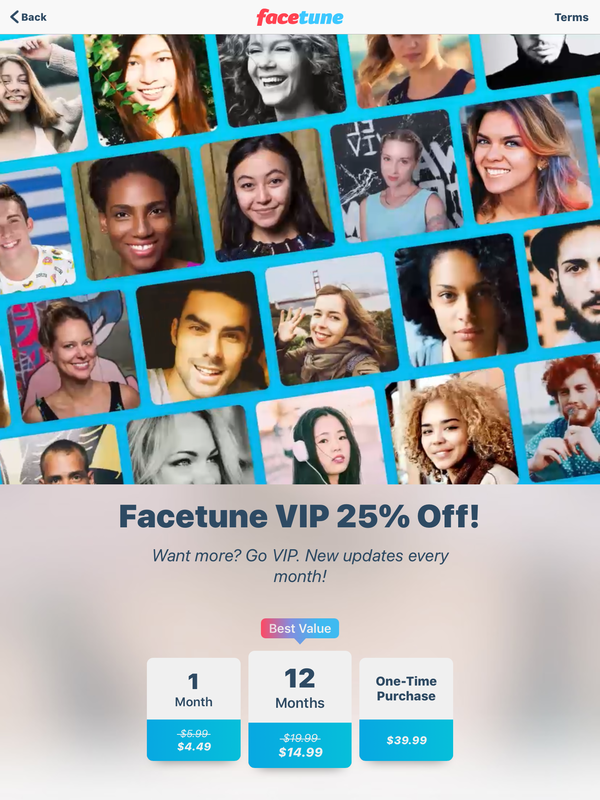

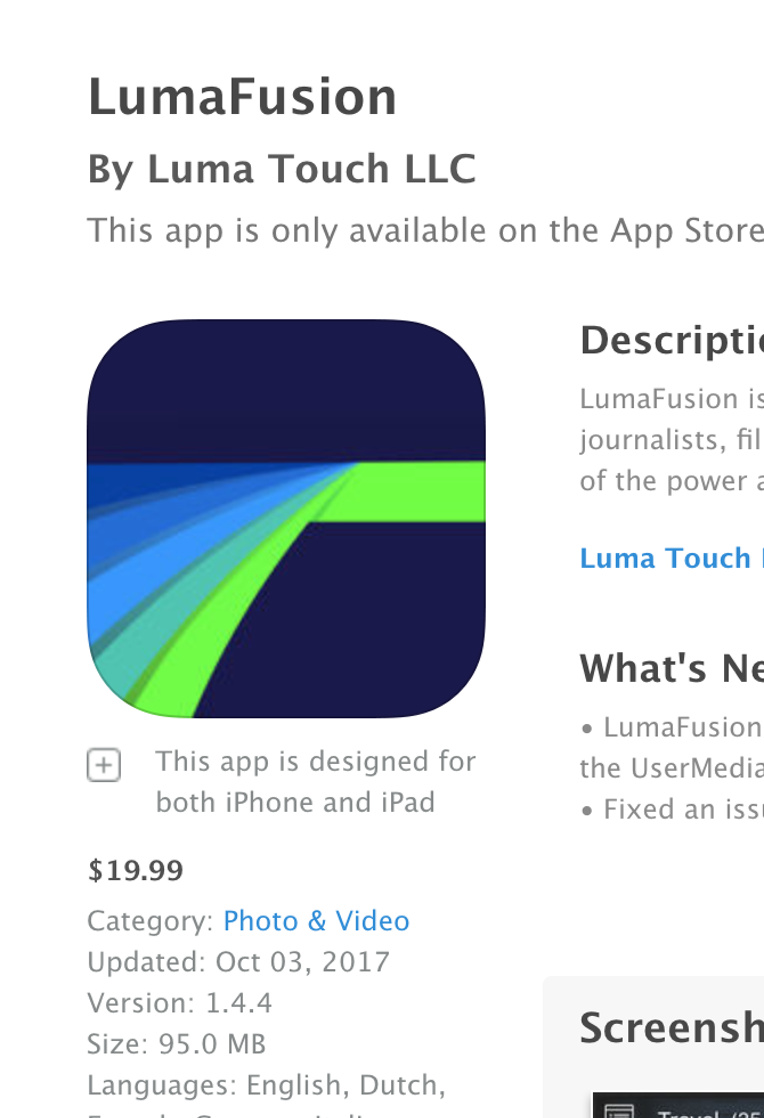
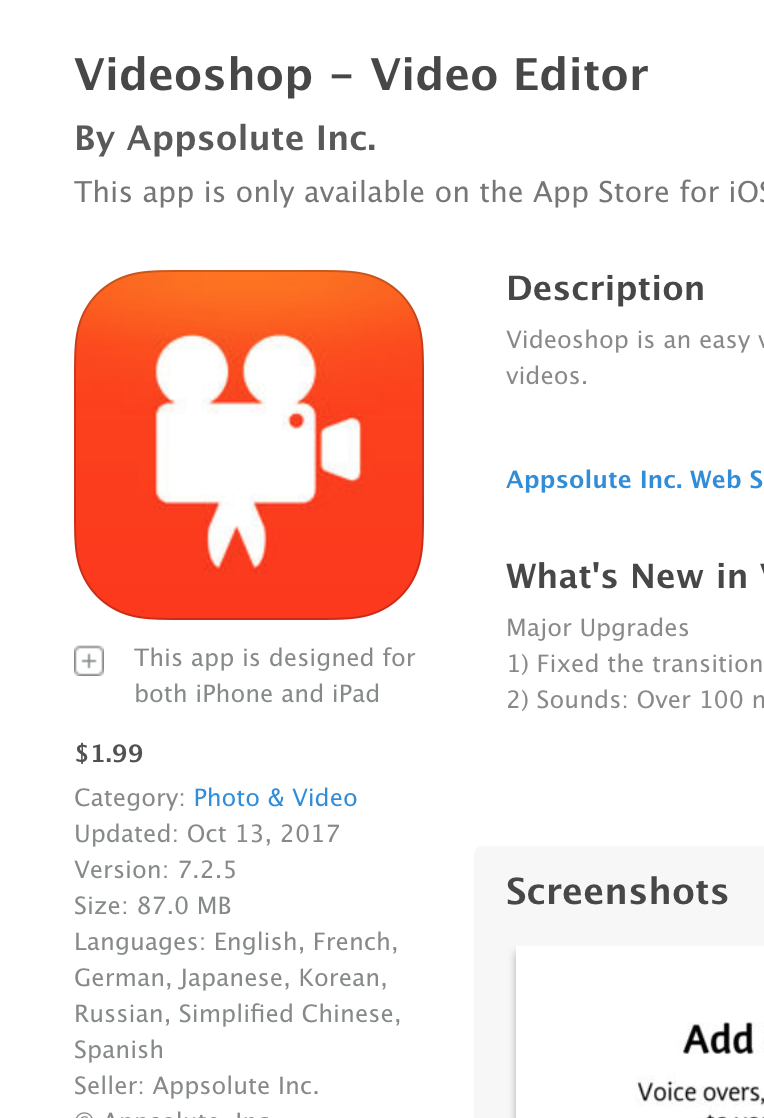
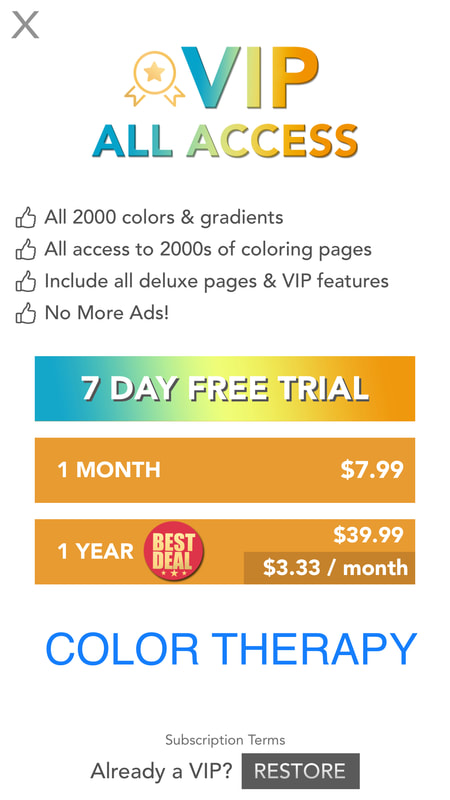
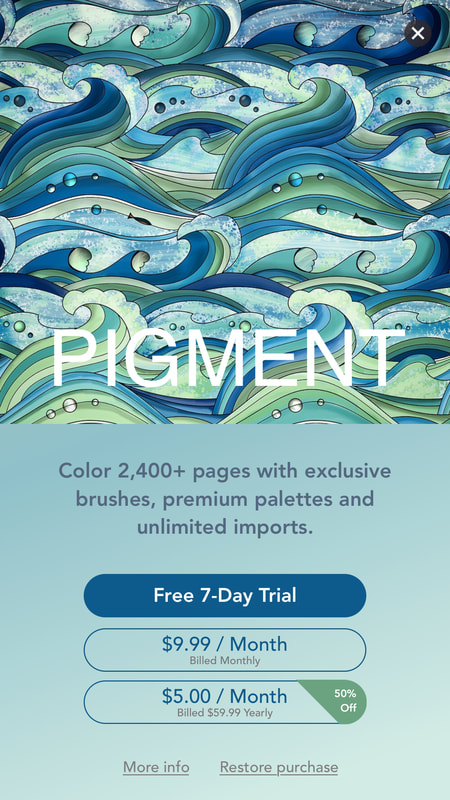
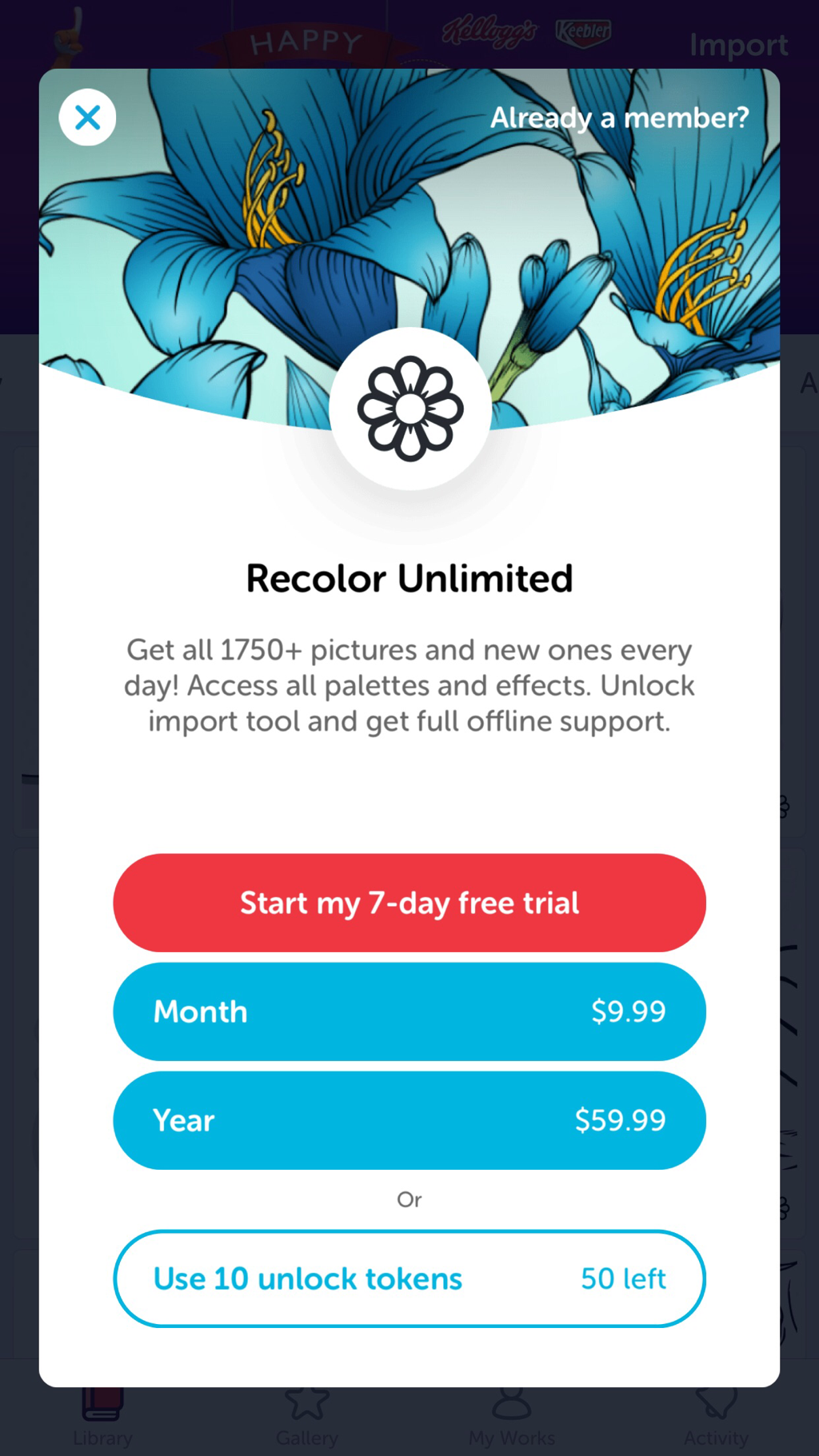

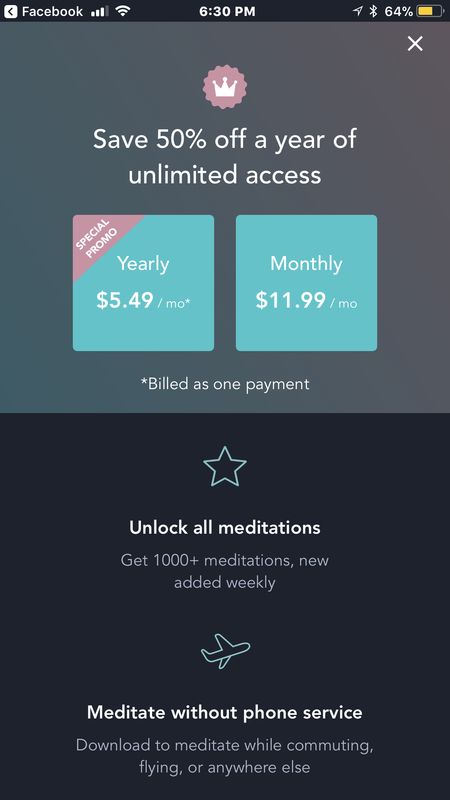
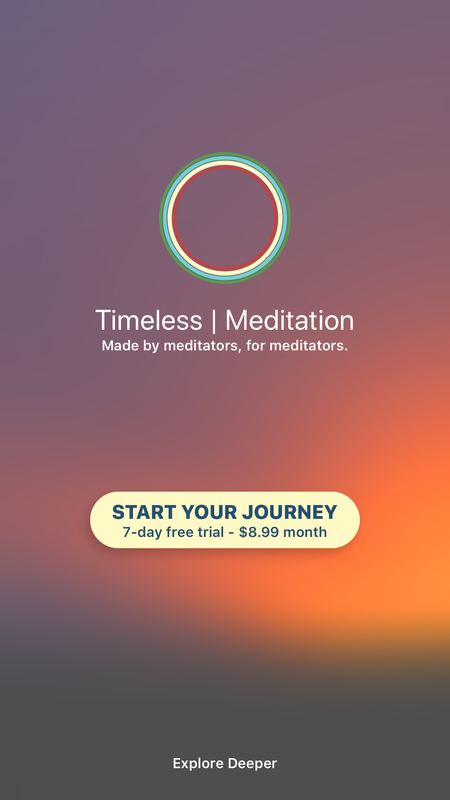


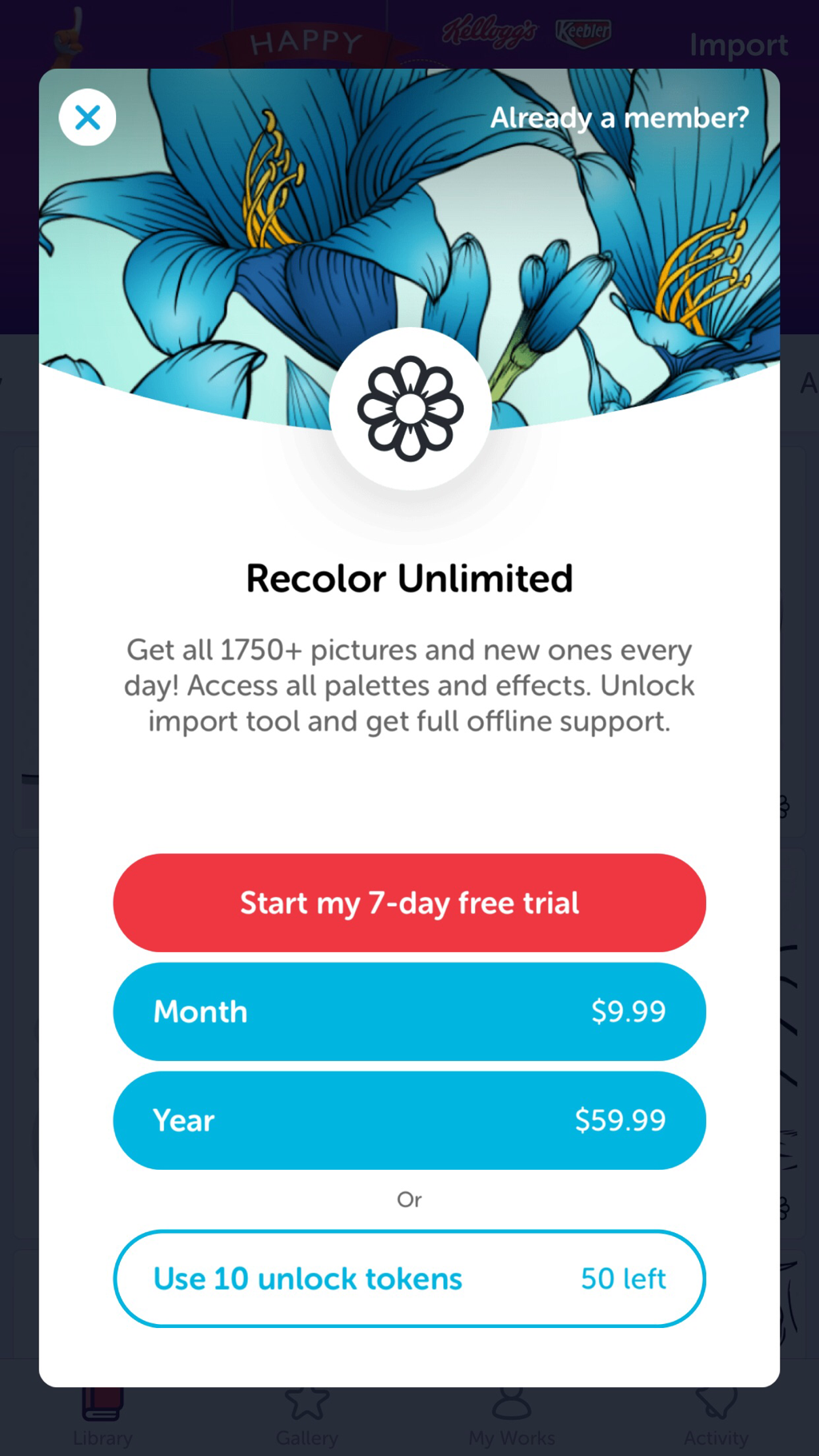

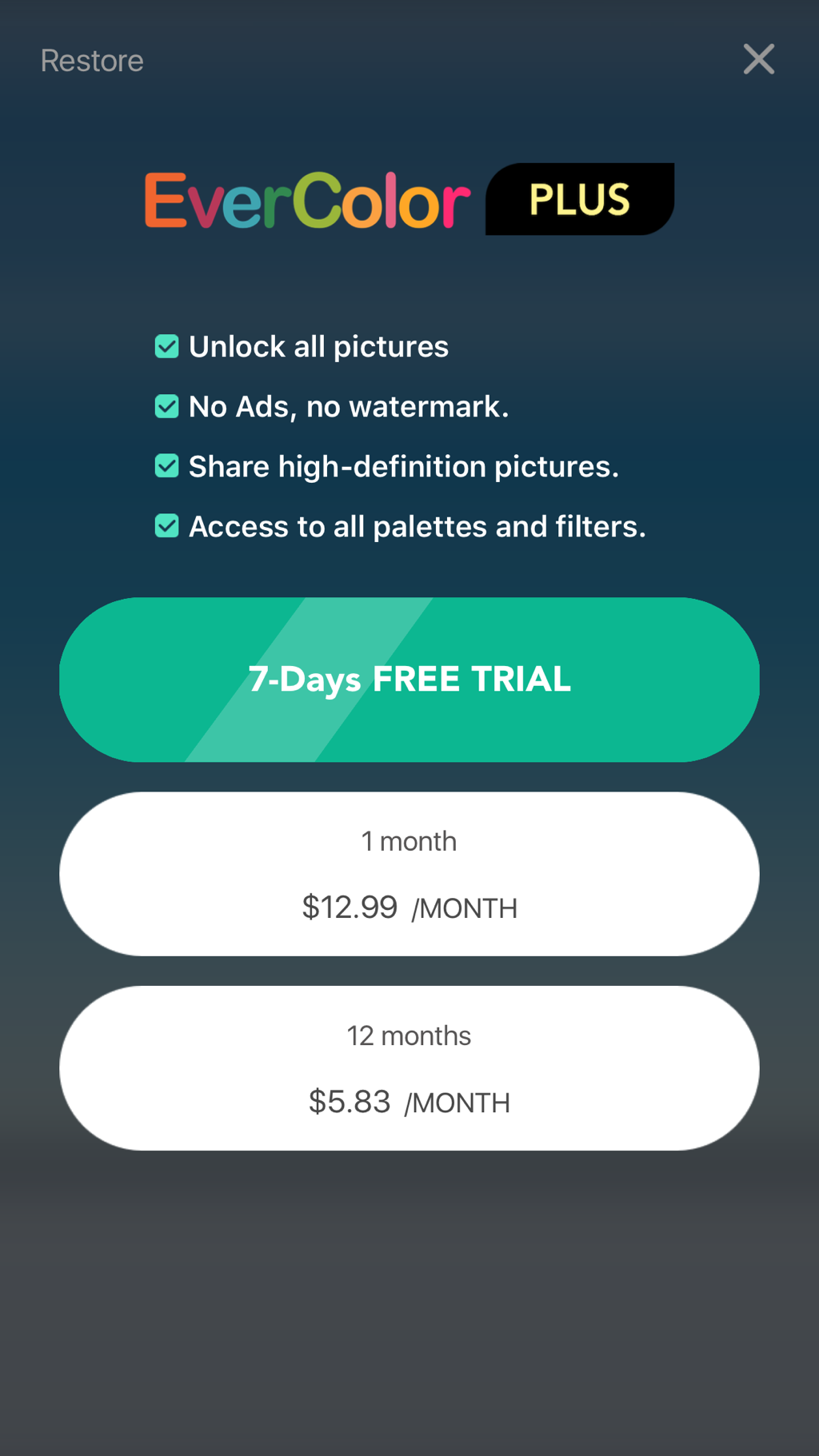




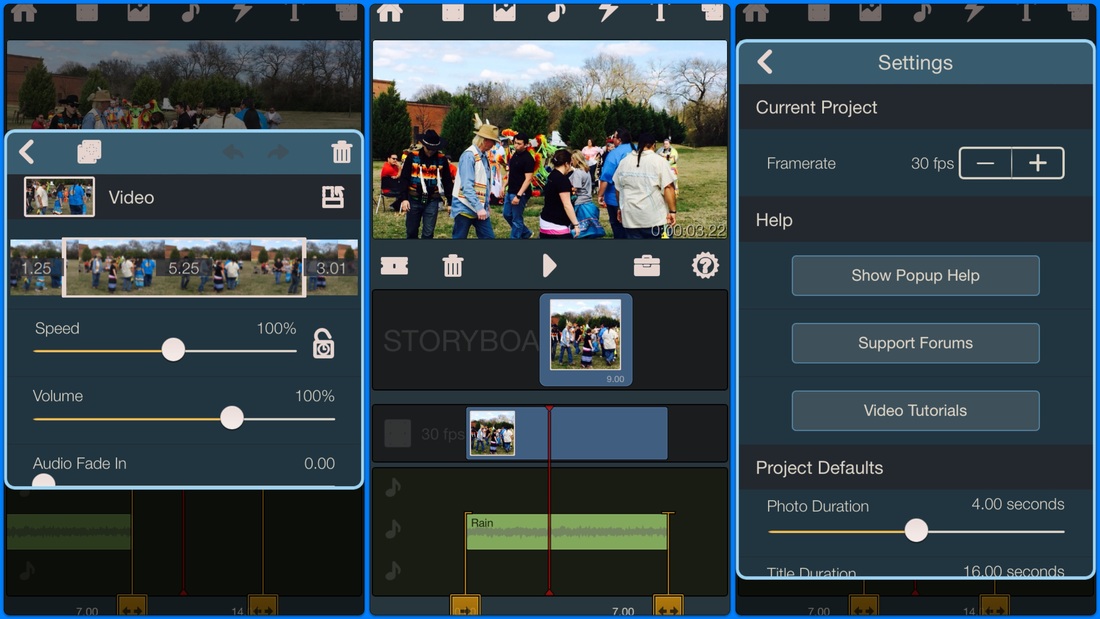
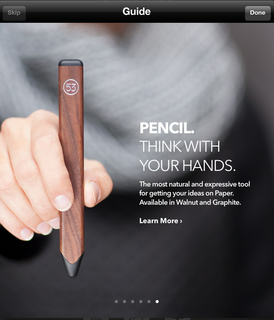
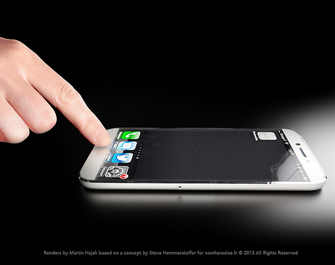
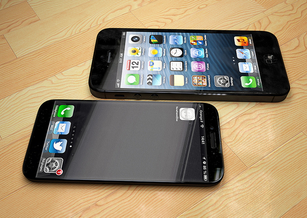





 RSS Feed
RSS Feed